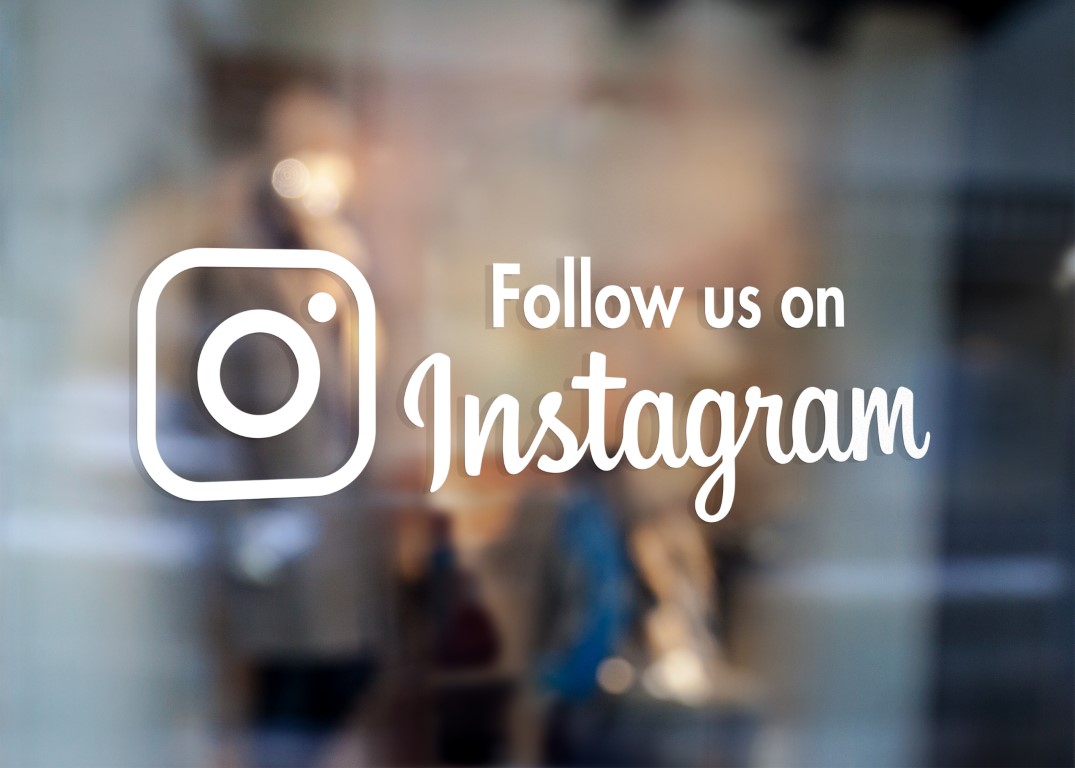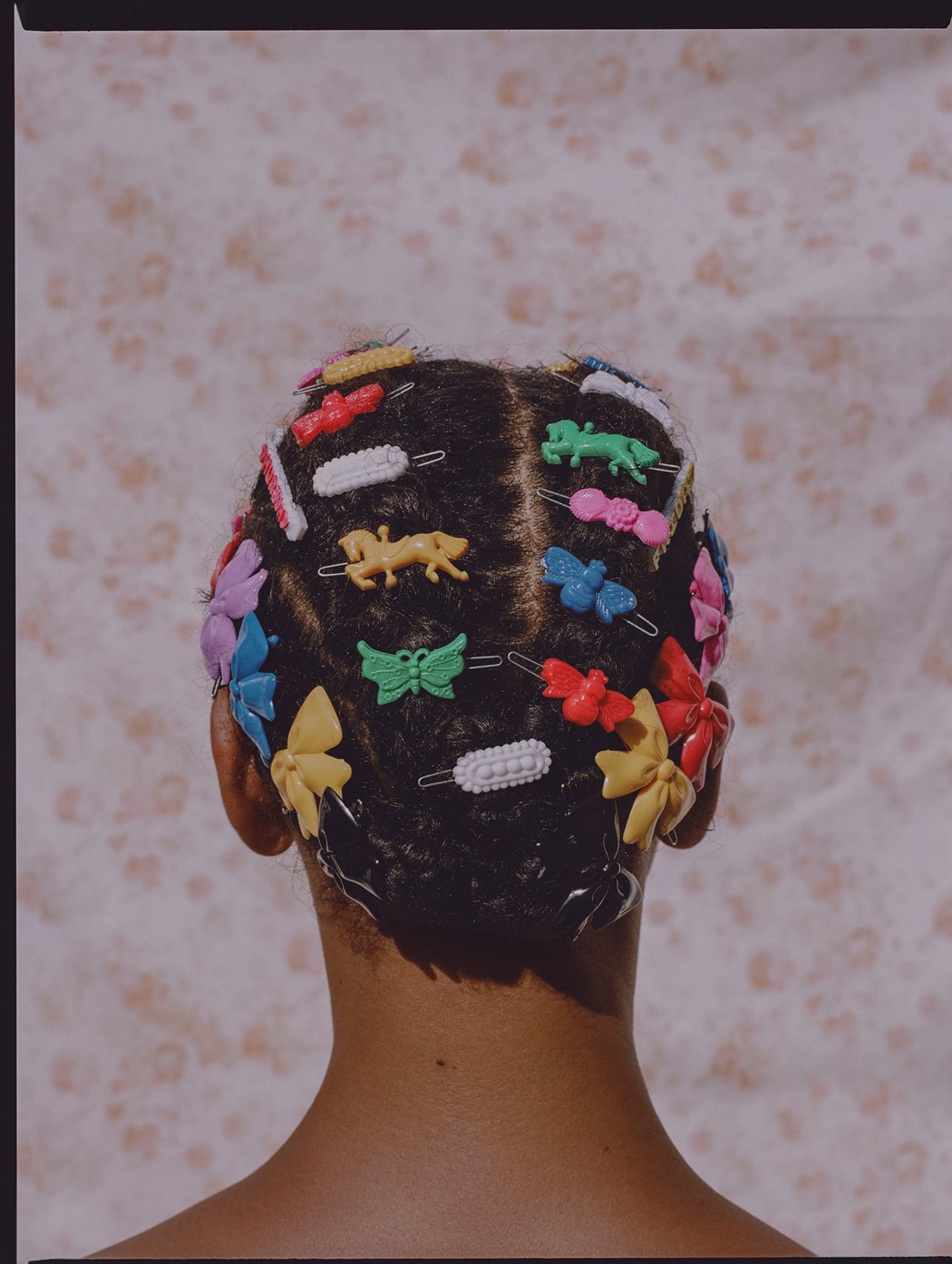
Photography by Micaiah Carter
…
…if our hair is girl-coded as women, where’s the line between childlike regression and avant-garde subversion?
What the Rise of Girly Hair Accessories Says About Our Current Moment: Girlhood Studies: How has visual culture shaped ideas of female adolescence? In the third season of her AnOthermag.com column, Claire Marie Healy tells the story of girlhood through clothes and makeup.
This column often begins with a single image that, in a culture in which youth and femininity are basically everywhere, vaults from its original commercial context to bring us somewhere new. Micaiah Carter’s Adeline in Barrettes is one of those images.
That this photograph – which, obscuring its subject, might not even technically count as a portrait – originally captured a musician for a Vogue article speaks to the way ideas of girlhood are so firmly ensconced in our media culture. But online, and in the gallery space, her brightly adorned head, backed by the ditsy wallpapers of girls’ bedrooms, is saying something else. As usual, pictures of people looking at the picture are telling: like this photograph of two young girls, themselves with rainbow-beaded braids, captured at the Saatchi Gallery earlier this year. That speaks to the nostalgic lens with which many Black kids born in the 90s may view the work – as Shalwah Evans [writes], “Black women across the country can identify a photo of their younger selves with a slew of colourful barrettes, many in the outline of animals, insects, hearts, bows, and any other shapes their moms thought were cute at the time.” For the wearer, the musician now known as Adi Oasis, the style was indeed a throwback to those shared girlhoods, but it was also a reference to Africa – specifically, the Bana tribe in Ethiopia in which both boys and girls wear large, rainbow snap hair clips as part of traditional costume.
Writer Aja Barber has also pointed out the politics of Carter’s shot, and how it speaks to a “hyper-focus on the idea of Black hair being neat and tidy because we live in a white supremacy … There was no Afro for me in my childhood because the 80s and 90s didn’t really allow for it.” Irish author Emma Dabiri, discussing the topic in Don’t Touch My Hair, draws out these complexities of self-presentation for Black girlhoods, writing how such intricate hairstyles and bold hair slides “belong to a black aesthetic that is dismissed as ‘ghetto’, until, of course, it becomes popularised by a white person and is reimagined as a trend”.
As Barber also adds, however, “there is something freeing about this photo.” Why might that be? As Barber recognises, the image is political because it resonates with the politics already implicit in ideas of girlhood, especially Black girlhoods: all those projections of neatness, femininity and control that are historically entangled with the hair on girls’ heads. As colourful and playful as a hair slide might be, as an object it also strikes a balance between self-expression and exterior control, which has long been tied up with ideas of being young and feminine. In fact, a barrette has rarely been one thing or another: it takes in contradictory ideas every time it is placed on, scraped through, and clipped into our hair.
The same can be said for many of the other girlish fashions on trend right now. (Some of those, like white socks, and ballet shoes, have already intersected with the themes of this column.) As we reach peak ballet flat, the explosion of such garments has prompted various outlets to posit that we, the women of 2023, are undergoing a kind of intellectual and emotional regression. Life, proving to be simply too stressful, has led us to embrace the clothing and accessories of our youth, when we were innocent to such harsh realities.
…
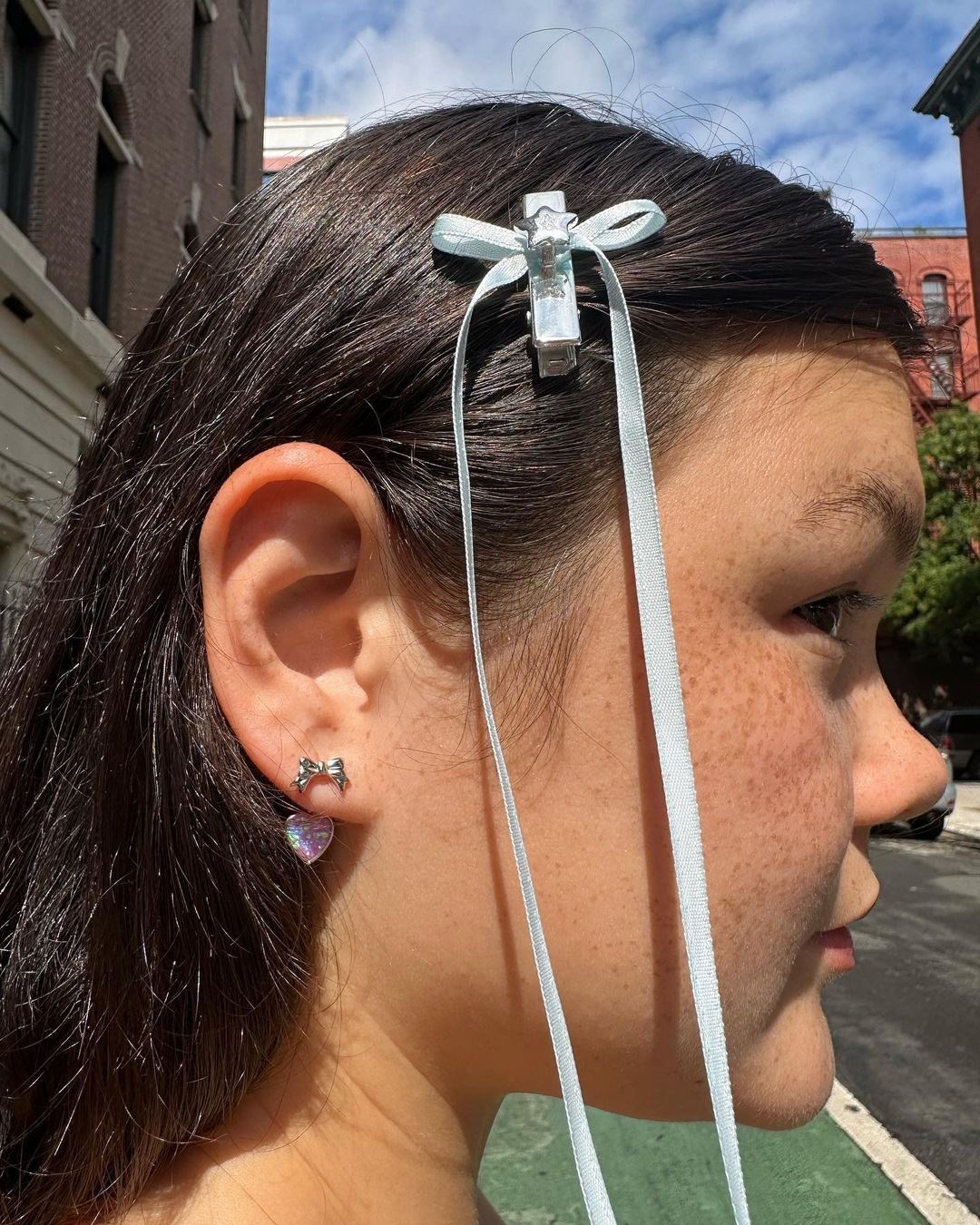
…
But when we are reaching all the way back to a childhood dress-up box of silk ribbons, cartoon barrettes and temporary tattoos as women, we’re not just time travelling: such items are being pushed to new places with the gesture. In an era that has produced the Holy Communion-inspired clips of Simone Rocha, the angsty diamanté slides of old Ashley Williams, and the ribbon bows of Sandy Liang (all of them much-duped), Chopova Lowena’s S/S24 tribute to skater-boy obsessed girls went a step further. Here, the simple object of the hair slide was warped to the point of bodily modifications: hair stylist Kiyoko Odo took the butterfly clip of noughties girlhoods as a starting point for butterfly-shaped braids in hair; ribbons, beads, and white shells, silver charms and actual plastic butterfly clips adorned the heads, and even the knickers, of every CL gang member. Just like the nostalgia of Adeline in Barrettes doesn’t exist in a vacuum, Chopova Lowena’s 3D hair sculptures also communicate something intra-generational. They take the pop culture references of our hypermediated, extremely-online comings-of-age, and – literally – twist them into something beautiful.
…
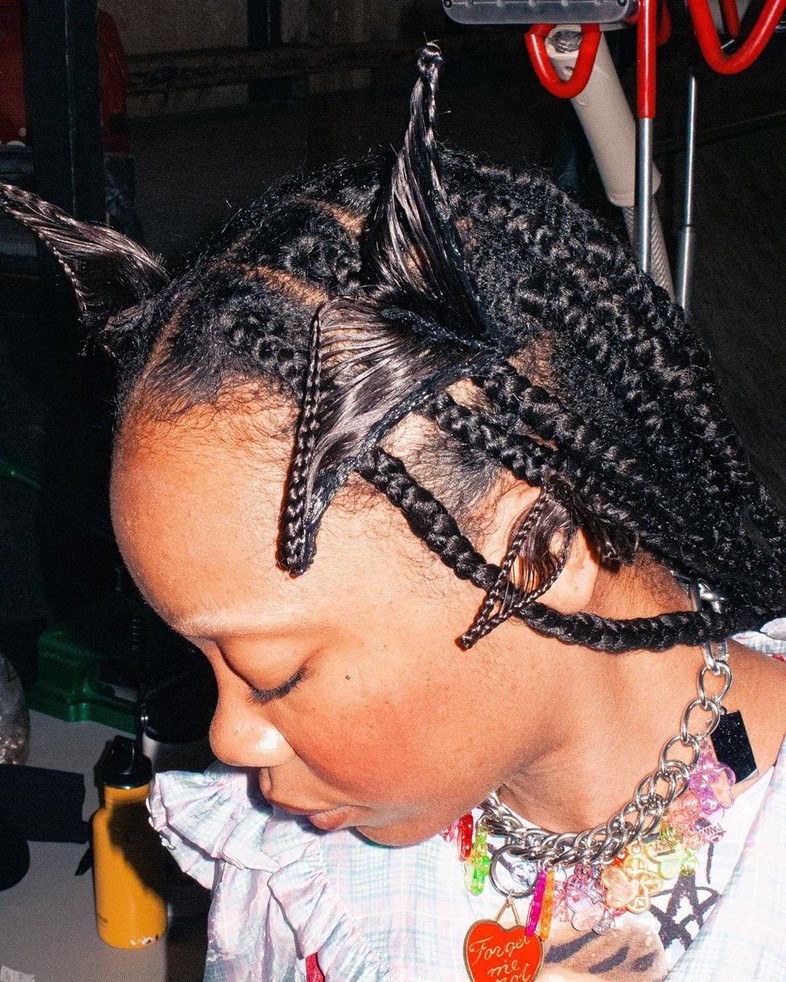
…
For further evidence that the hair slide has never just been about holding hair in place, you can go back to its inception: that goes for the simple, metallic kirby grip as much as more decorative styles. Many years before the arrival of Manic Panic led to slammed doors between girls and their shocked parents, in the 1920s, fathers in America, France and Britain despaired as their teenage daughters cut their hair into bobs. (In 1922, one Illinois man locked both his freshly-cropped daughters in their bedrooms and said they couldn’t leave until their hair had grown back). The accessory most associated with this moral panic: the kirby grip, or, bobby pin. As such, the bob – and bobby pins’ – associations with a mixture of childlike innocence and avant-garde subversion were there from the very beginning.
As worn by Jacy in Peter Bogdanovich’s The Last Picture Show (1971), the classic barrette communicates more than just mixed messages: it’s a threat.
…
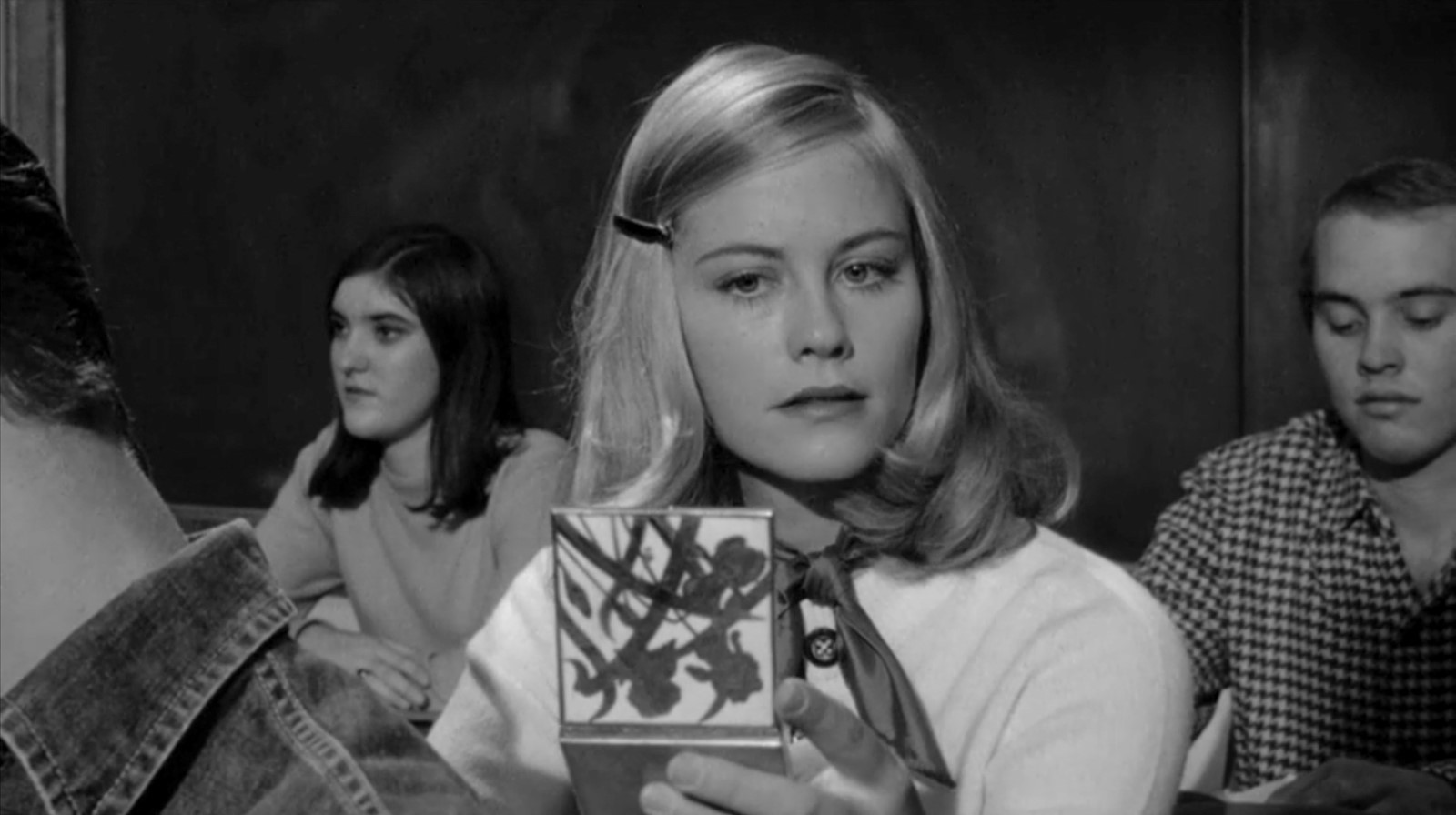
…
That’s because you can’t consider Jacy’s hairclip – which remains staunchly attached to her straight, blonde hair throughout the film’s runtime – without considering the woman who put it there. Now widely deemed the uncredited producer, if not the co-director, of Bogdanovich’s film, his then-wife Polly Platt was also behind the costumes and makeup of The Last Picture Show, an adaptation of Larry McMurtry’s novel depicting the lives and loves of high school graduates and their parents in a dusty, declining oil town in Texas in the 1950s. As quoted in Karina Longworth’s 2020 podcast You Must Remember This about the late production designer, Platt “wanted to make a movie where the actors looked like real people”: writing in her unfinished, unpublished memoir, she says she had the idea that Jacy’s hair should be in pin curls when she was putting on cold cream to take off her makeup in an early scene with her mother. This was directly in contrast to the usual on-screen falsehoods of the era, in which young women were permanently made-up even in their teenage bedrooms. For me, Jacy’s barrette distils the character’s manipulation of others, but also her vulnerability: as a painful scene with an older man demonstrates, it’s almost like, despite her best efforts, the camera can see the scared girl behind the wilful seductress.
The camera knows things, and, thanks to biography, so do we. Platt’s marriage would break down before filming was over, due to the affair between her lead actress, and Bogdanovich. As Platt put it simply, “I was so detached, that I worked on Cybil’s clothes just as hard as everyone else’s, if not harder. I’m very proud of her costumes.” Invested with a certain sexual potency of girlhood as Platt was experiencing it in her real life, Jacey’s perma-barrette, onscreen, emits a peculiarly specific charge.
…
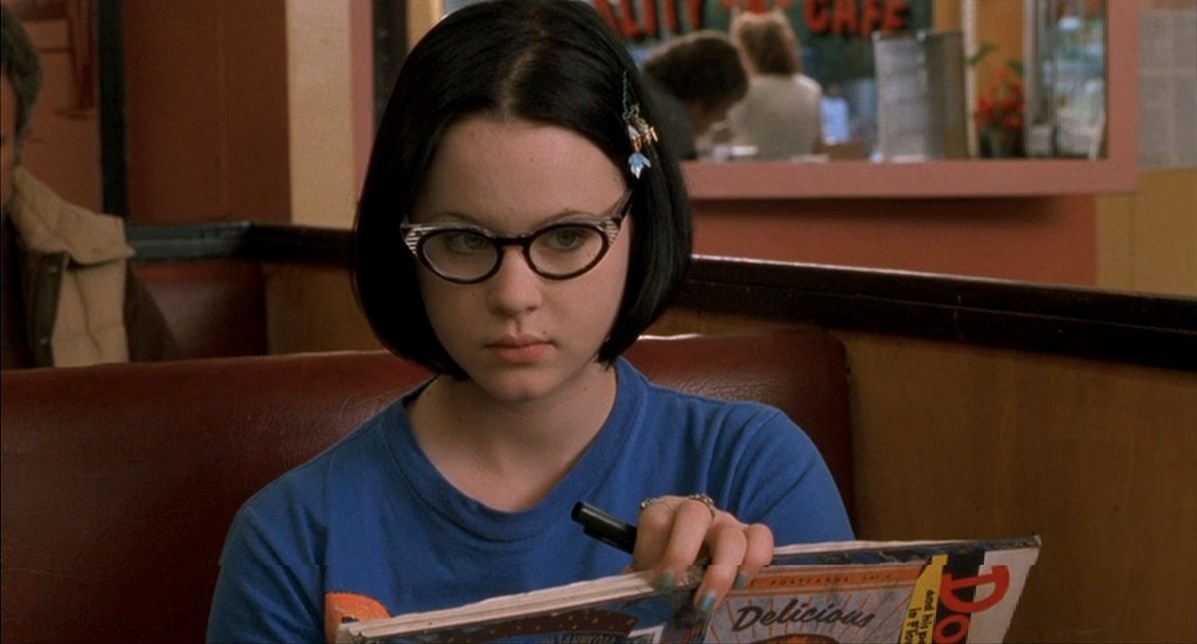
…
I attach the identity of another aimless high school graduate, who herself becomes involved with an older man, to her hair slides: I’m thinking of Enid, played by Thora Birch, in Terry Zwigoff’s Ghost World (2001), adapted from Daniel Clowe’s graphic novel. Drifting around over the course of a summer with best friend Rebecca (Scarlett Johansson), Enid wears thrifted clothes with what can only be described as a philosophical dedication; she wears various hair slides in her signature black, sometimes acid-green, bob, like a small pink snap hair clip, and a pair of kirby grips that appear to have fishing tackle dangling from them (special mention to the Michelle Pfeiffer-as-Catwoman latex mask, too).
In terms of tales of American suburban ennui of the era, I’ve always thought of Ghost World’s Enid as an older, wiser version of Dawn in Welcome to the Dollhouse (1995), by Todd Solondz. In the latter, the bullied tween protagonist’s clacky hair baubles are like an extra, everpresent indignity on top of everything else she has to experience on a daily basis; for the former, childish hair accessories, bargain bin clothes and thick-rimmed glasses are instead worn in a spirit of disobedience. When done with confidence, there’s an element of not-partaking in utilising the tools of prettiness in such a way – something the women of the 90s-era kinderwhore aesthetic knew very well.
…
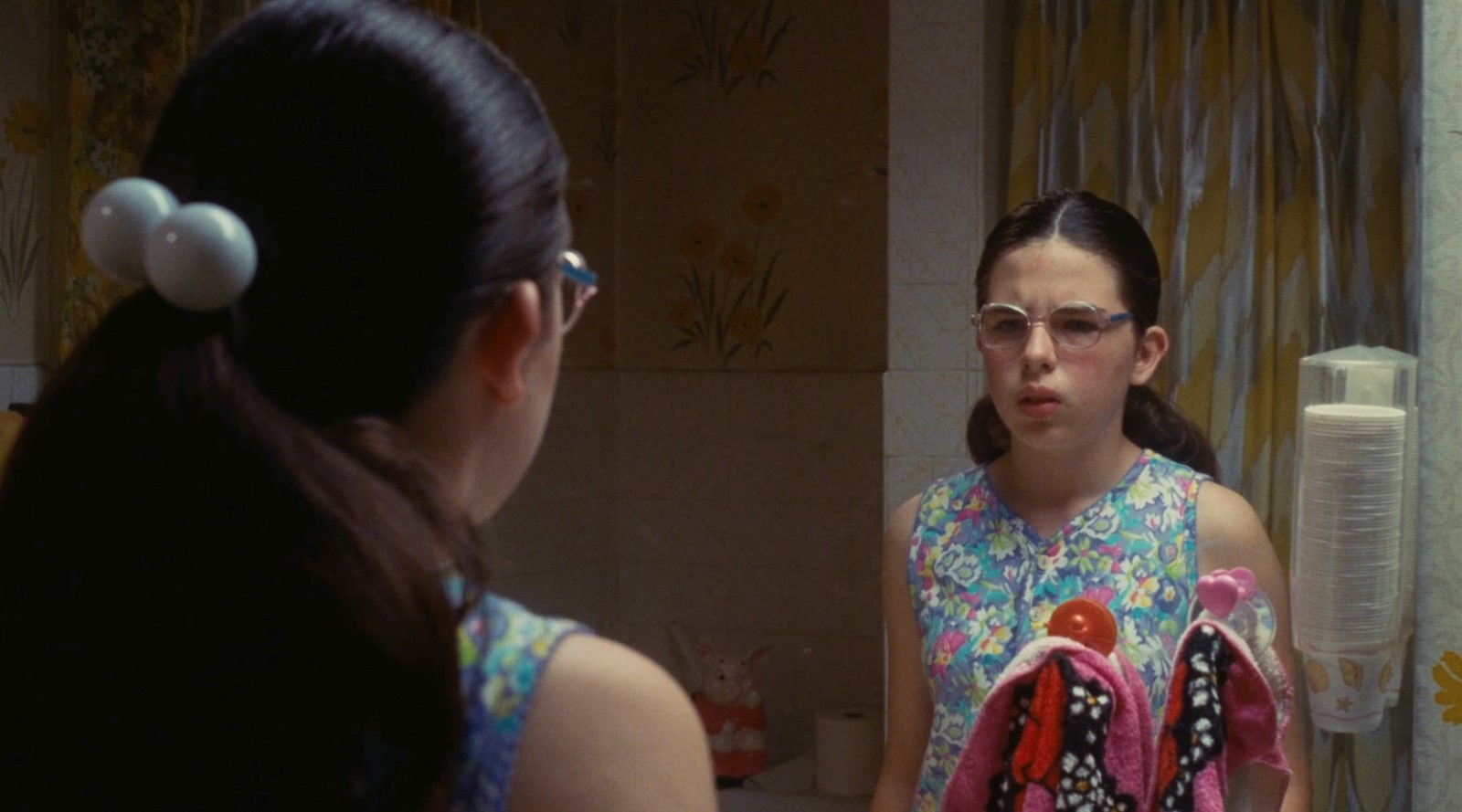
…
This connection might just be wishful, fan-service thinking. But when it comes to these two characters who are constantly being told to grow up, it turns out that Ghost World’s Enid actually needs to. As her strongly-held opinions are revealed to be barely-formed, and her “fuck-you” attitude to the universe leaves her lonely, Enid ends the film, and graphic novel, in a markedly more subdued outfit than before. Sometimes, you can’t just snap at everyone and everything: it’s also necessary to bend a little.
I hope she holds onto the hair clips, though. That’s the thing with hair slides: they’re like a little optical trick, a challenge that can throw the most conventional appearances off balance in a single stroke. At Frieze London last weekend, I was surprised to see a silver hair slide on the decapitated visage of the artist Gillian Wearing.
…
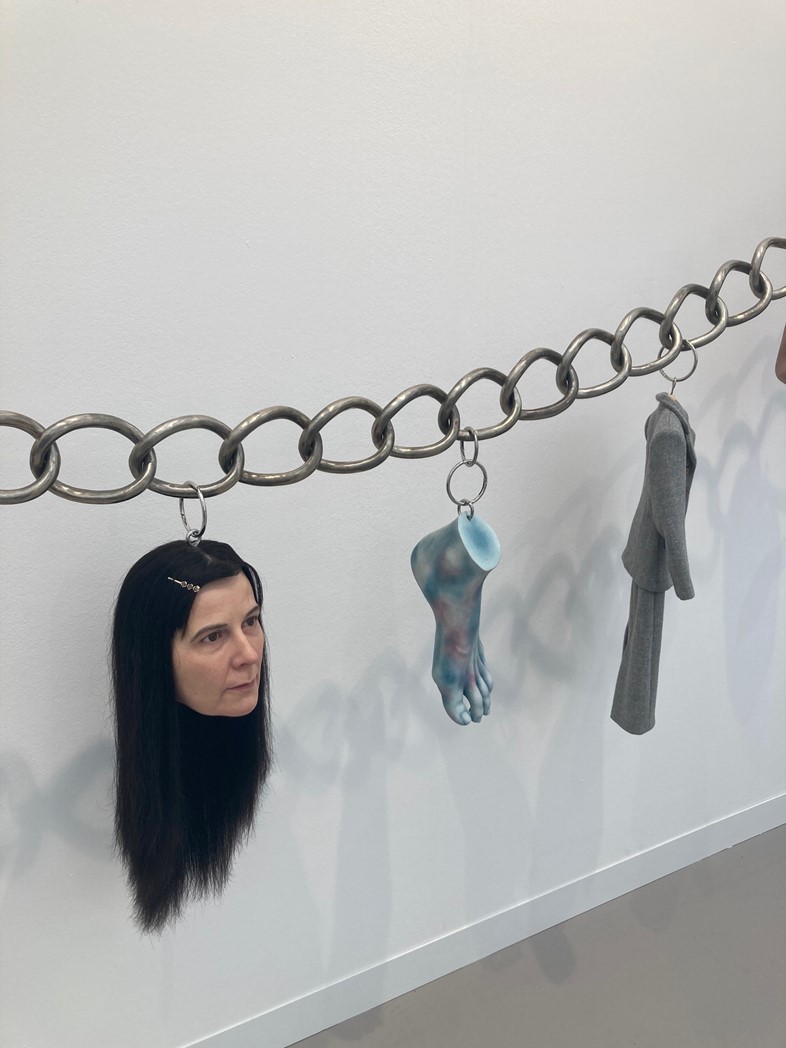
…
In the work My Charms (2021), her “portrait in parts”, fragments that make up the artist’s ‘self’ hang as though from a charm bracelet, like her legs, or nose, a simulacrum of her signature grey skirt-suit and, most eerily, her face. There, a kirby grip is placed at the fringe. But these slides pop up elsewhere in Wearing’s recent oeuvre, where they are a kind of totem among her various explorations of identity formation and masking: from the doppelgangers of video work Wearing Gillian (2018), to the double heads of Kiss of Life (2017). At Frieze, such a stark appearance spoke of the hair slide’s deft, associative power. The tone of the entire sculpture would be very different without it: it performs a kind of puncturing, as much as punctuation.
Wearing is interested in how we overlay our elder selves with our younger ones: for instance, her series of self-portraits at three, 17, and as her younger artist self at 21, in which the eyes of who she is now overlay on her teenage or childlike self. It’s the kind of conceptual play that brings to mind the discussion around why we are so drawn to the accessories of our girlhoods right now – and a potential defence of what we might be gaining in such an exercise; what closing the gap might mean, whether it’s viewing a particular work of art or wearing a single clip in our hair. As the artist told AnOther, “We carry all of our younger selves around with us all our lives.” As readers of this column will know, that’s an idea I subscribe to also.


